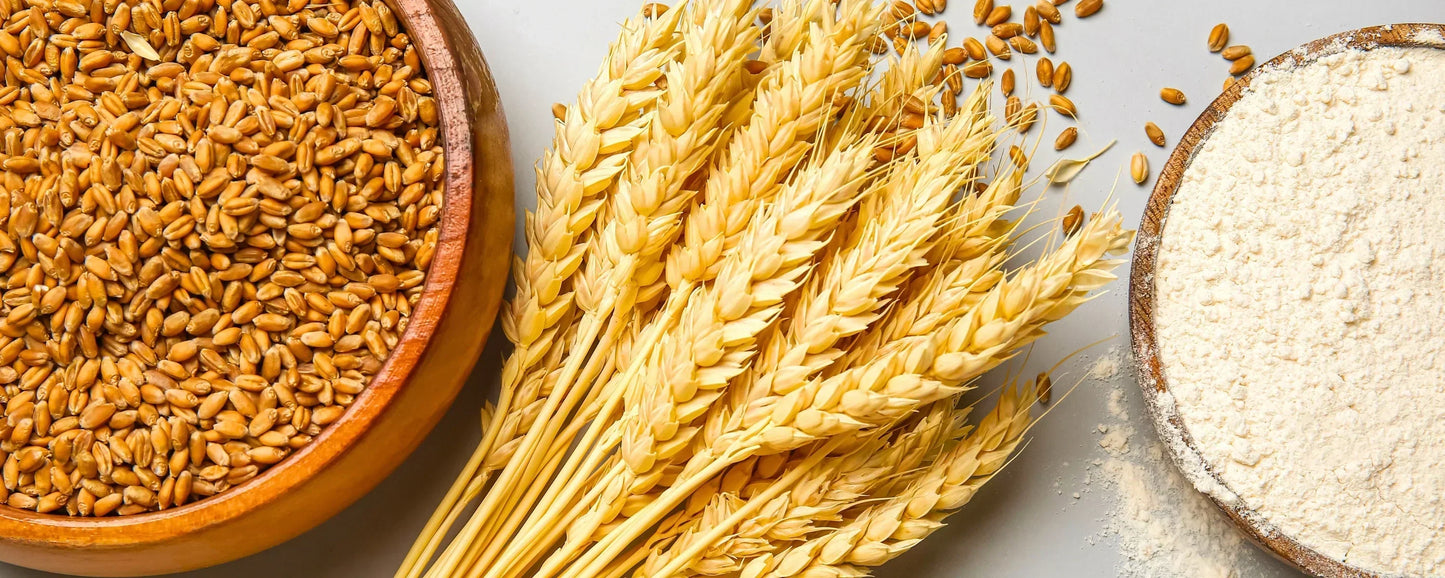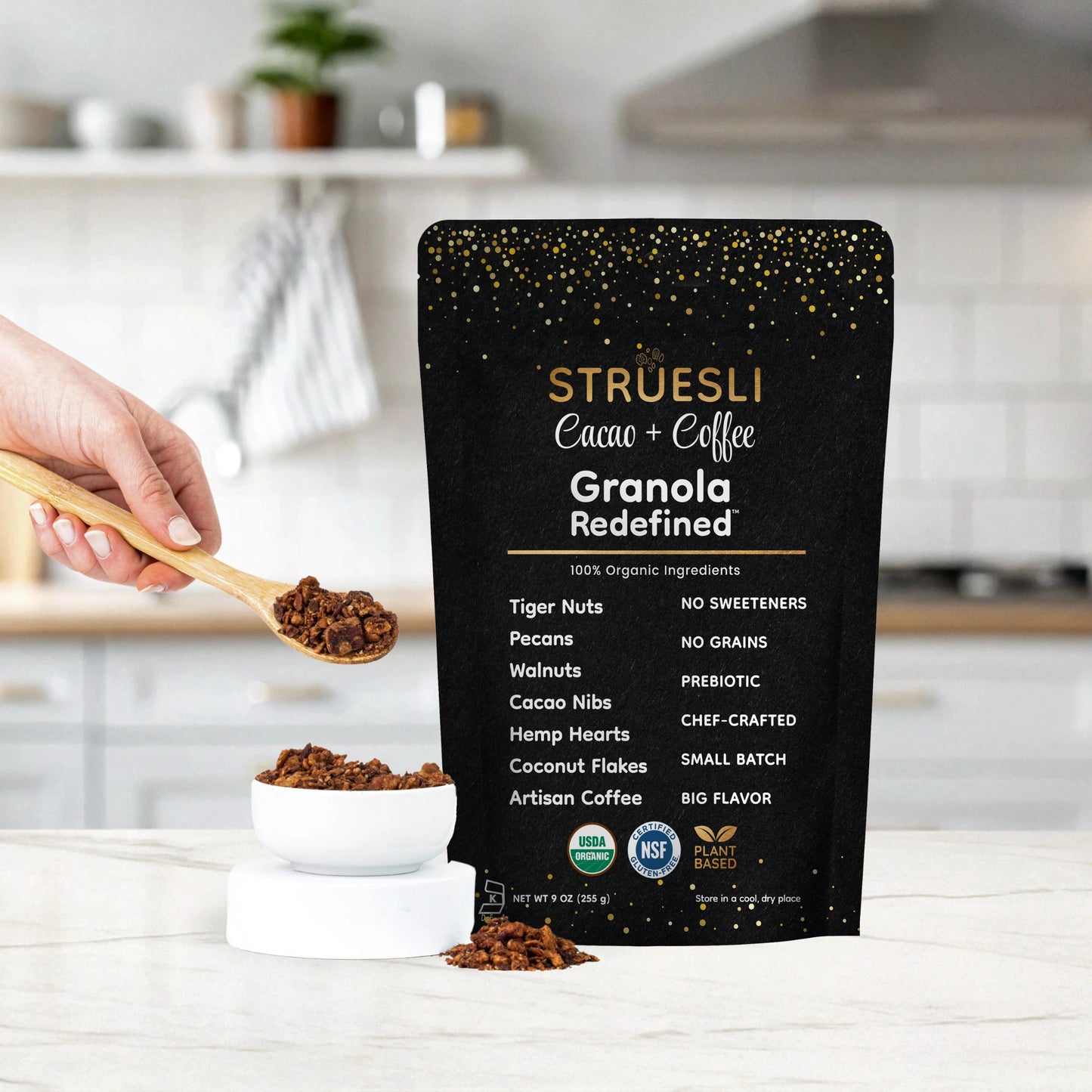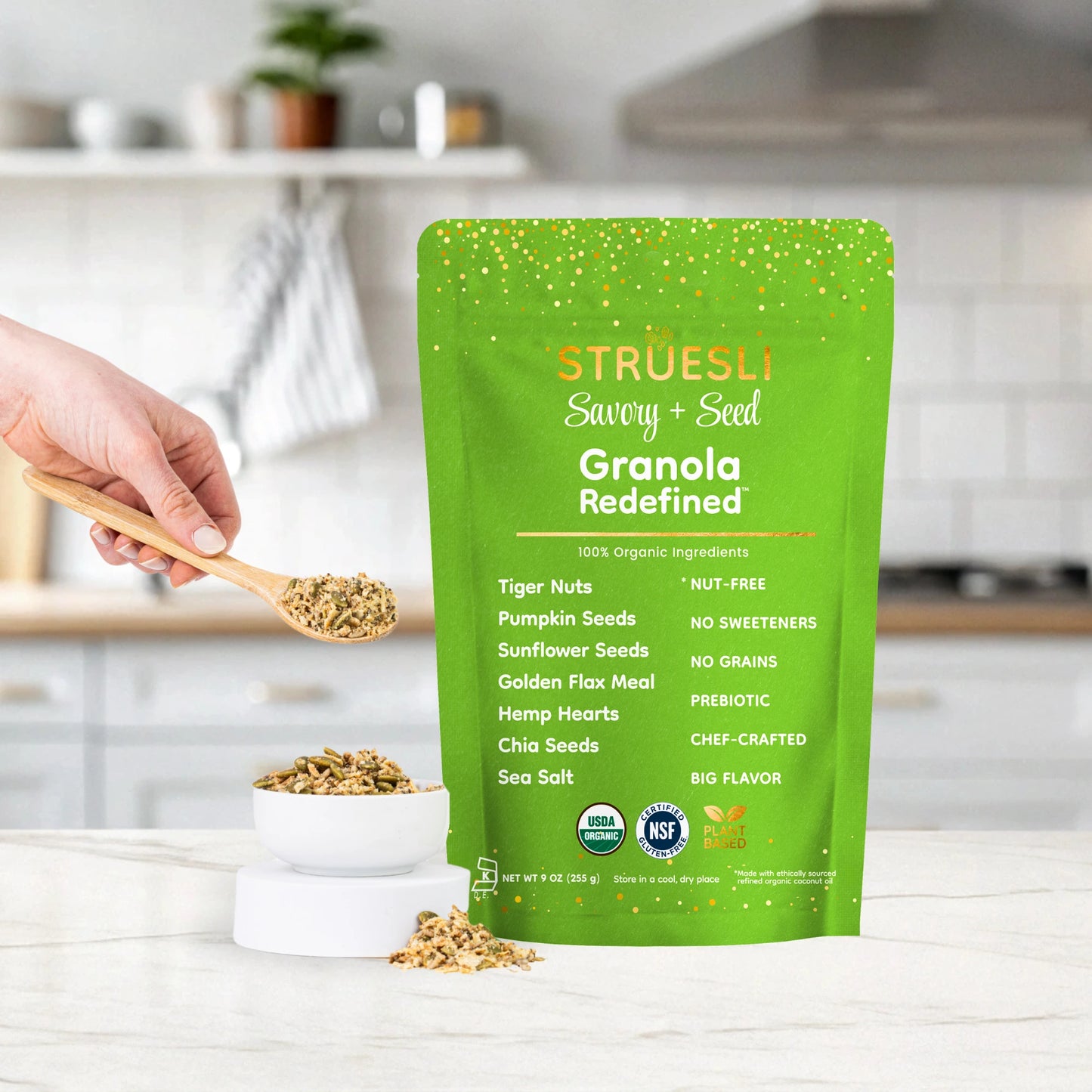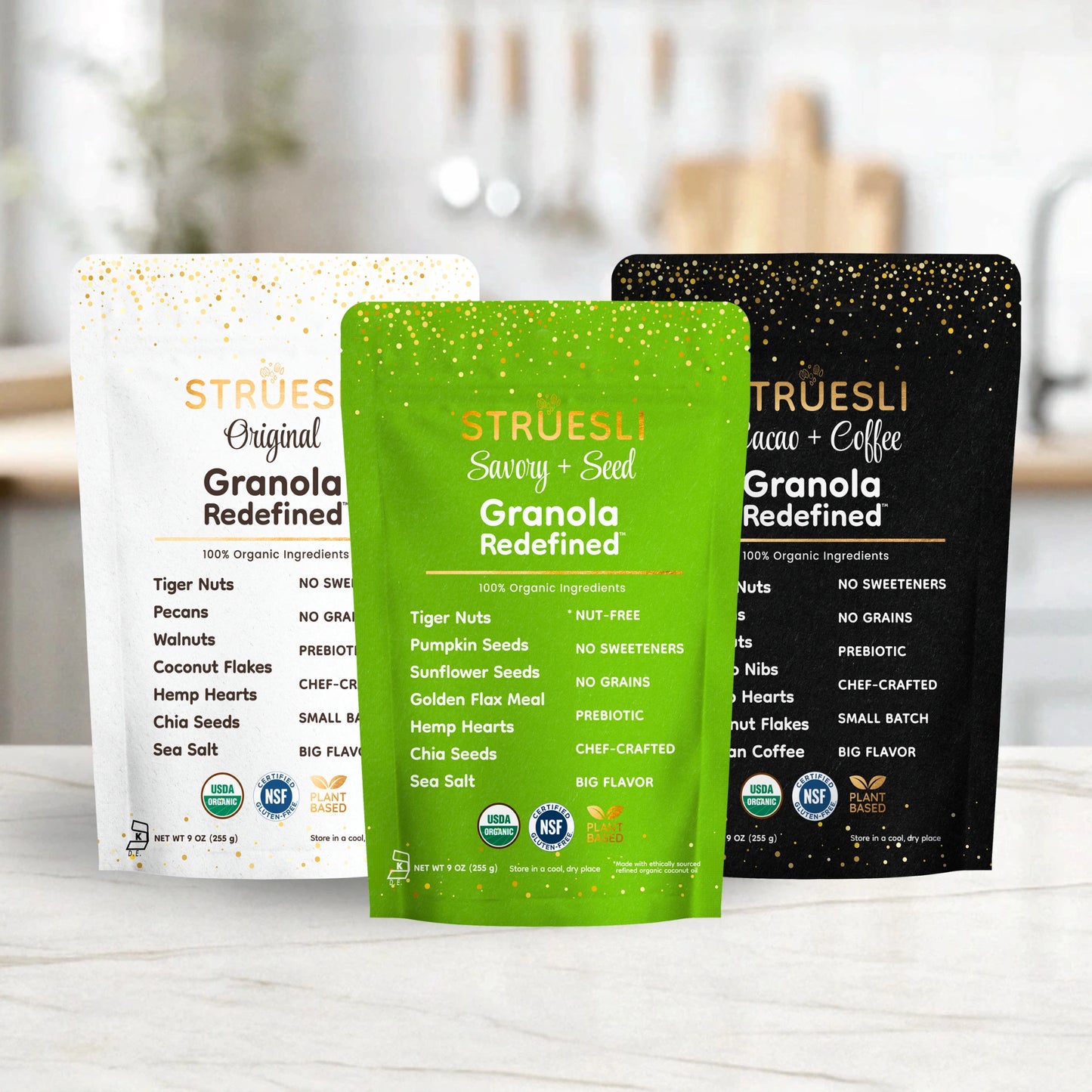
Today, almost 1 in 3 adults are interested in reducing gluten in their diets, according to consumer research firm NPD Group, whether that’s elimination of gluten or just cutting back. It is medically necessary for some people to avoid gluten while others do so for a multitude of reasons, ranging from better digestion to weight loss. Here’s help for understanding who should avoid gluten.
What Is Gluten?
Even though gluten is found in carb-containing foods, it is actually a protein. Or rather, a family of proteins. There are two main types of gluten proteins: 1) gliadin, which gives food height, and 2) glutenin, which gives foods elasticity and texture. Gluten proteins are found in grains, but not all grains contain gluten. These ones do:
- Wheat - including wheat berries, durum, emmer, semolina, spelt, farina, farro, graham, khorasan, and einkorn
- Rye
- Barley
- Triticale - a cross between wheat and rye
Why Some People Avoid It
Did you know that there is no such thing as a gluten allergy? But there are other conditions where avoiding gluten is necessary or makes sense. Here are the main six reasons someone avoids gluten, plus how to understand a gluten sensitivity vs. intolerance:
-
Celiac disease - this is a genetic autoimmune condition. For people with celiac, the body attacks the lining of the small intestine when gluten is ingested. Over time, long-term health complications happen if a strict gluten-free diet is not followed. Current estimates are that 80 percent of people living with celiac disease are undiagnosed. This condition is diagnosed through blood tests, intestinal biopsy, and clinical history.
-
Non-celiac gluten sensitivity - this is a consistent adverse reaction to eating gluten-containing foods. Symptoms most often relate to gastrointestinal distress, including frequent diarrhea, belching, fat in stools, heartburn, indigestion, nausea, vomiting, and flatulence. Non-GI symptoms may include migraines, joint pain, fatigue, and even depression or anxiety. There is currently no valid blood, stool, or saliva test to diagnose gluten sensitivity. Research suggests that 6% to 7% of the U.S. population has gluten sensitivity, but many specialists think that number is much higher, even closer to 30%.
-
Gluten intolerance is a blanket term that encompasses both celiac disease and non-celiac gluten sensitivity. It means that a person experiences symptoms after eating gluten, for any reason.
-
Wheat allergy is not classified as a gluten intolerance, but rather has to do with avoiding wheat, specifically. Similar to other food allergies, people with a wheat allergy have an allergic reaction when wheat is ingested. Allergic reactions may include digestive problems, hives, or swollen airways, and severe reactions can be life-threatening. People with a wheat allergy often can still eat other grains, including gluten-containing grains.
-
Having another autoimmune condition is also a common reason that someone might choose to avoid or minimize gluten in their diet. There are more than 80 different autoimmunities, including autoimmune thyroiditis, psoriasis, rheumatoid arthritis, and type 1 diabetes. Some practitioners believe it is best for people with any autoimmune condition to avoid gluten because it is a strategy that helps reduce overall inflammation. This can be true and beneficial if a gluten-free diet steers you in the direction of eating more whole, plant-based, and anti-inflammatory foods.
- Wanting to feel better is another reason often cited by people who follow or try a gluten-free diet. Though doing so, without a medical necessity, can be both unnecessary and expensive. Yet still, many people are willing to try eliminating gluten to see if they feel better and get some gluten-free diet benefits. Some do and some don’t. Studies show that people who don’t experience symptoms after eating gluten, don’t tend to stay on the diet long-term. Those who do, mostly likely fall into the category of non-celiac gluten sensitivity.
Recognizing Gluten in Common Foods and Products
Since so many people are trying to avoid gluten, it’s good to know the scope of foods where it’s found.
Foods that contain gluten are many, but not all, types of:
- Breads and rolls
- Pasta
- Baked goods and snacks
- Cereals
- Beer and some other alcohol
And sometimes you’ll find surprising foods with gluten, such as:
- Soups - often include a gluten-containing grain or are thickened with wheat flour
- Sauces and roux - often thickened with wheat flour
- Salad dressings - often thickened with wheat flour
- Malt vinegar - made with barley
- Soy sauce, shoyu, and miso - often includes wheat or barley
- Oats - this grain is naturally gluten-free, but it's often processed in facilities that also process gluten-containing grains, so there can be contamination; people with celiac disease should seek out certified gluten-free oats
- Lunch meats and deli meat - sometimes contain hydrolyzed wheat protein
- Imitation meats, burgers, and seafoods - veggie burgers and imitation crab, for example, sometimes contain wheat or other gluten-containing grains
- Some makeup and medications - for people with celiac disease, it’s important to avoid gluten even in non-food items, such as medications or personal care products that use gluten-containing grains as a bulking or texture agent
A naturally gluten-free diet that emphasizes healthy, whole and low-processed foods can be a healthful way for many people to eat, whether they’re doing it because of a known gluten intolerance, a suspected gluten intolerance, or just want to feel better.
Struesli Granola: A Smart Choice For Gluten-Free Eaters
One of the benefits of so much interest in gluten-free eating is the demand for more innovative gluten-free products, from gluten-free snacks to gluten-free household and beauty products. There's also the benefit of increased awareness about celiac disease, more people getting tested for it, gluten-free foods lists to access, and more celiac and gluten-related research happening every year. While many gluten-free products out there aren’t necessarily healthier versions of their gluten-containing counterparts, there are some shining examples.
Struesli, for example, is certified gluten free and still chock full of good-for-you ingredients and inflammation-fighting nutrients. It’s a great granola choice for someone with celiac disease, non-celiac gluten sensitivity, autoimmune conditions, and anyone who wants to feel better (not worse) from the foods they’re eating.
>> TRY OUR CERTIFIED GLUTEN-FREE GRANOLA <<
Written by Jessie Shafer, RD
Updated June 28, 2025




